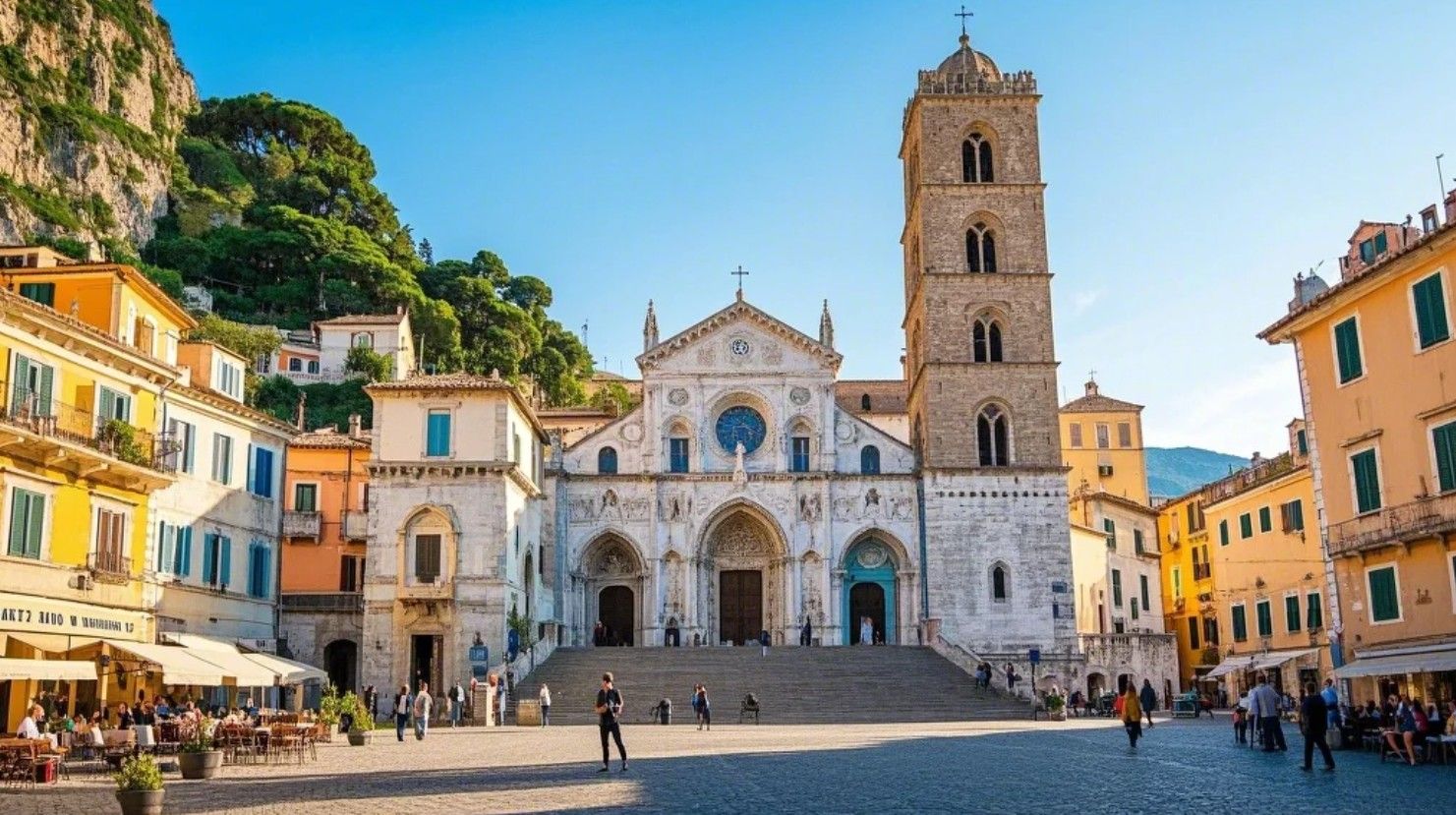Amalfi Coast, Italy: Driving and Exploring the Villages
| The Amalfi Coast: A Timeless Italian Escape Beyond the Postcard The Amalfi Coast, a UNESCO World Heritage site since 1997, is more than just a scenic stretch of coastline—it’s a living testament to Italy’s cultural and natural splendor. While its cliffs, turquoise waters, and pastel villages are iconic, the real magic lies in the stories of its people, the hidden corners untouched by mass tourism, and the challenges of preserving its fragile beauty.  The Amalfi Drive: Beauty and Peril The SS163 Amalfitana, or Amalfi Drive, is a 50-kilometer ribbon of asphalt clinging to cliffs, offering heart-stopping views. But behind the glamour, this road is a logistical feat—carved into limestone in the 19th century, it’s a lifeline for locals and a thrill (or nightmare) for visitors. Reality Check: Traffic Chaos: In 2022, Positano’s mayor proposed a "ZTL" (limited traffic zone) during peak hours to ease gridlock. Locals joke that driving here requires "the patience of a saint and the reflexes of a Formula 1 driver." Alternate Routes: Skip the stress by taking the SITA bus or ferries. The Positano–Amalfi ferry (€8 one-way) is faster and offers stunning sea views. Hidden Gem: Near Conca dei Marini, the Emerald Grotto (Grotta dello Smeraldo) is often overlooked. Local fisherman Luigi Buonocore discovered it in 1932, and its eerie green glow is best seen at midday. Villages with Soul: Beyond the Instagram Spots Positano: Glamour with a Backstory Positano’s vertical charm wasn’t always coveted. In the 1950s, it was a sleepy fishing village until John Steinbeck wrote, "It is a dream place that isn’t quite real when you are there and becomes beckoningly real after you have gone." Today, its Spiaggia Grande battles overtourism—visit at dawn to see fishermen unloading their catch before the crowds arrive. Local Tip: Skip the beach clubs (€100/day for a sunbed) and head to Fornillo Beach, a 10-minute walk west, where rentals are half the price. Amalfi: The Forgotten Maritime Power Few know that Amalfi was once a rival to Venice and Genoa as a maritime republic. Its Paper Museum (Museo della Carta) reveals a 13th-century industry using mills powered by the Canneto River. Try "scialatielli", a short pasta invented here in the 1960s by chef Enrico Cosentino, at Trattoria da Gemma. Ravello: Where Music Meets the Mountains Ravello’s Villa Cimbrone inspired Gore Vidal, who lived nearby for 30 years. The Ravello Festival, founded in 1953, transforms Villa Rufolo into an open-air concert hall. In 2023, a performance of Carmina Burana drew 2,000 visitors—book tickets months ahead. Praiano & Atrani: The Quiet Alternatives Praiano’s Church of San Gennaro has a majolica-tiled floor from 1588, but its real draw is Marina di Praia, a cove where locals swim at midnight under fairy lights. Atrani, Italy’s smallest commune (0.12 km²), feels frozen in time. Its Piazza Umberto I hosts summer sagra (food festivals)—try the "ndunderi" (lemon-infused gnocchi). Off-the-Beaten-Path Experiences Hiking the "Path of the Gods" at Sunrise Most hikers start in Bomerano, but locals prefer the reverse route from Nocelle to avoid crowds. In 2021, a landslide closed part of the trail—check updates at www.parcoregionaledeilattari.it. Boat Tours with a Fisherman Luca’s Private Tours (€300/half-day) departs from Minori. Luca, a third-generation fisherman, knows secret caves like the Grotta dello Zaffiro, where sunlight turns the water sapphire blue. The Lemon Crisis Amalfi’s Sfusato Amalfitano lemons are at risk. In 2023, the Consorzio Limone Costa d’Amalfi reported a 40% drop in harvests due to climate change. Support small farms like Giovanni’s Grove in Furore, where you can pick fruit and learn to make marmalade. When to Visit & Sustainable Tips  Avoid July–August: In 2023, Positano saw 12,000 daily visitors. September is ideal—water’s warm, and hotels drop prices by 30%. Stay Local: Book a "casa vacanze" (vacation rental) in Tramonti, a hillside village with vineyards. The "Casa del Pescatore" (€120/night) has terraces with lemon trees. Eat Responsibly: Skip tourist traps. Da Adolfo in Positano (reachable only by boat) serves "pezzi di paranza" (fried local fish) since 1966. Conclusion: A Coast Worth Protecting The Amalfi Coast isn’t just a backdrop—it’s a community fighting mass tourism, climate change, and rising costs. By visiting mindfully, you’ll discover its soul beyond the postcards. As local chef Gennaro Contaldo says, "The real Amalfi is in the stories of the fishermen, the lemon growers, and the grandmothers making pasta by hand." |
haley
|
2025.03.21




